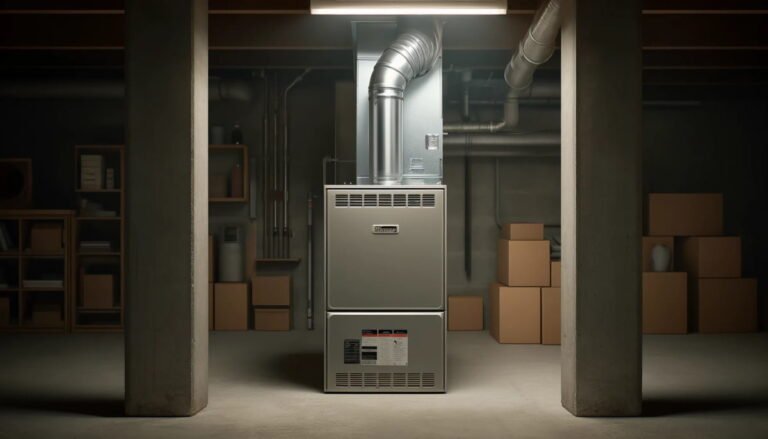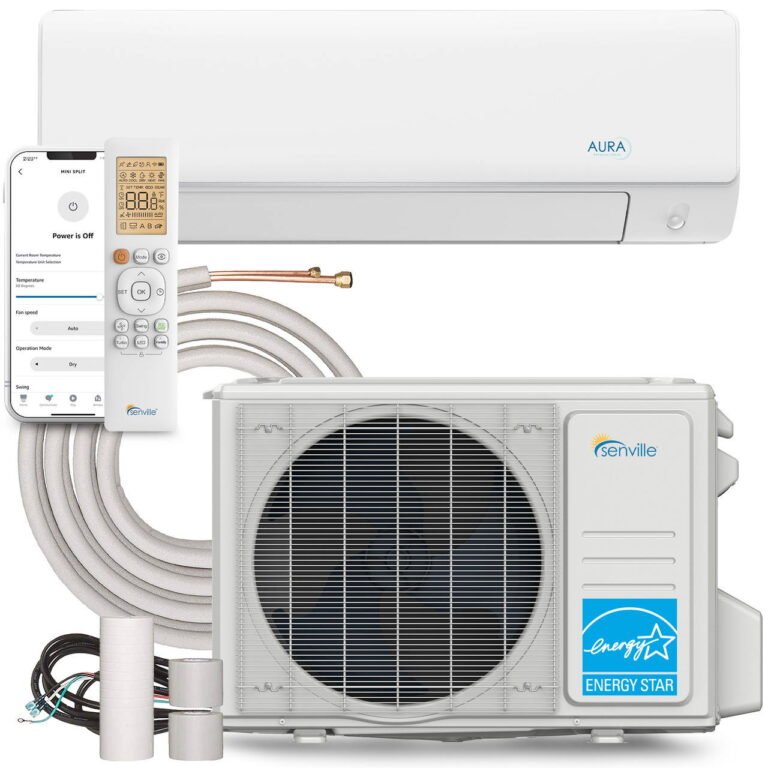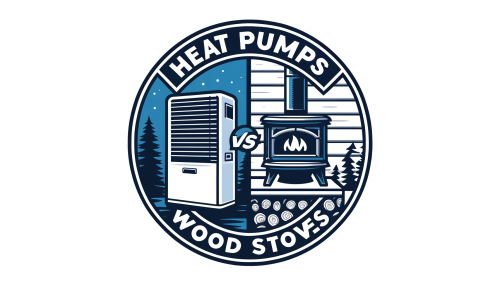Compare Heat Pump Types: Single-Stage vs. Dual-Stage vs. Variable Speed
When you compare heat pump types, it’s like looking at good, better, and best options for your home’s electric heating and cooling.
Single-stage, dual-stage, and variable-speed heat pumps represent these tiers, respectively, and understanding the differences can help you choose the right one for maximum comfort, efficiency, savings, and durability.
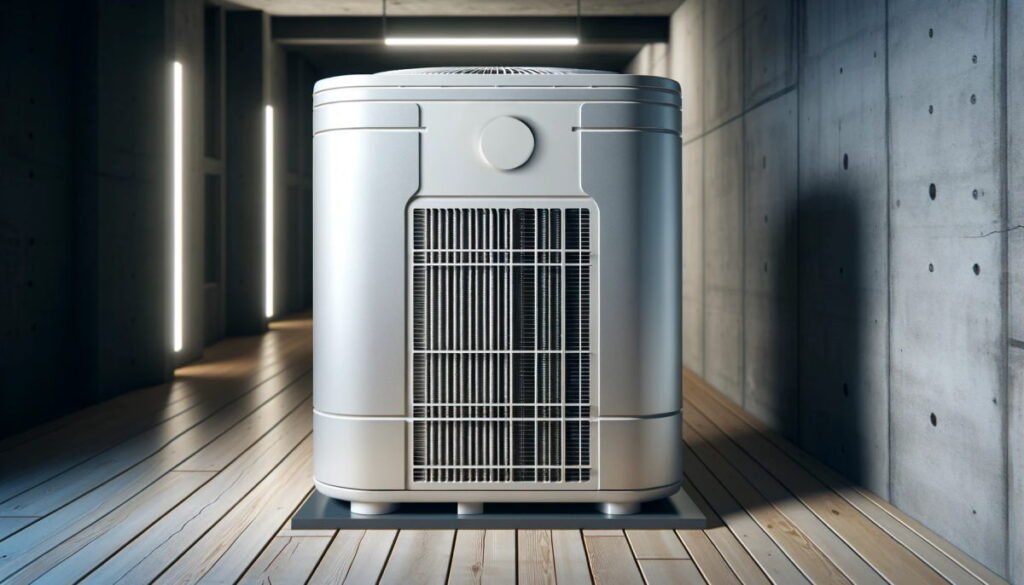
The key to their performance lies in the type of compressor each uses. For a side-by-side comparison, it’s crucial to look at two efficiency ratings: SEER (Seasonal Energy Efficiency Ratio) for cooling, where values start at 13 and can exceed 20, and HSPF (Heating Seasonal Performance Factor) for heating, with ratings starting from 7 and going higher.
In both cases, the higher the number, the better the efficiency, which is directly influenced by the compressor technology each model employs.
Let’s compare heat pump types to find the best fit for your needs.
Single-Stage Heat Pumps Explained
What They Are and How They Work?
Single-stage heat pumps are the simplest kind when it comes to regulating the temperature in your home. Think of them as a basic on/off switch. They either operate at full power or not at all, which means they kick in full blast to heat or cool your space and then turn off once the target temperature is reached.
This type of heat pump is quite common in areas where the climate doesn’t fluctuate too much, because it doesn’t need to adjust to extreme temperature variations.
Now, single-stage heat pumps work straightforwardly. When your thermostat signals that the room temperature isn’t ideal, the heat pump fires up at full capacity. It runs until the set temperature is achieved and then shuts down completely. It’s a bit like driving a car by either flooring the gas pedal or using the brakes, with no cruising in between. This simple operation makes it a popular choice for many homeowners.
Advantages
- Lower initial cost: They’re generally cheaper to buy and install compared to more complex systems.
- Simplicity: With fewer parts and a straightforward design, they’re often easier to maintain.
Disadvantages
- Less energy-efficient: Because they only run at one, often high, speed, they can use more energy.
- Can lead to uneven heating and cooling: Their all-or-nothing approach might create a blast of air when on, leading to temporary hot or cold spots.
- Higher long-term costs: Due to their inefficiency, they might increase your energy bills over time.
Dual-Stage Heat Pumps
What They Are and How They Work?
Dual-stage heat pumps are like the more sophisticated sibling of the single-stage ones. They give you a bit more control over how intensely they heat or cool your space. Unlike the single-stage, which is either all in or all out, dual-stage heat pumps can operate at two levels: high for those really cold or hot days, and low for milder days.
This flexibility allows the pump to adjust its output depending on the demand, which can be a real game-changer in maintaining a consistent indoor temperature.
The way dual-stage heat pumps work is pretty neat. They still turn on when your thermostat detects that the temperature isn’t where it should be, but instead of going full throttle right away, they start at a lower, more energy-efficient speed.
If this low setting can’t get the job done because it’s just too chilly or hot, the pump shifts up to high gear. It’s a bit like having a car that can switch between eco and sport mode depending on the road conditions, giving you better performance and efficiency.
Advantages
- More energy-efficient than single-stage: By adjusting their output, they use less energy over time.
- Better temperature control: The ability to change speeds helps avoid the temperature swings common with single-stage units.
- Quieter operation: They generally run quieter, especially in the low setting.
Disadvantages
- Higher upfront cost: They are more expensive than single-stage heat pumps both in terms of purchase and installation.
- More complex maintenance: With more components and controls, they might require more sophisticated servicing.
- Potential for increased repairs: More moving parts and switches between modes can lead to more wear and tear.
Variable Speed Heat Pumps
What They Are and How They Work?
Variable speed heat pumps are the cream of the crop when it comes to managing your home’s climate. They take flexibility and energy efficiency to a whole new level. These units can adjust their output in very small increments, allowing them to match exactly the heating or cooling needed at any given moment.
Think of it like having a car where you can fine-tune the speed exactly to your needs, rather than just choosing between slow and fast. This capability makes variable speed heat pumps incredibly good at maintaining a consistent temperature without the usual ups and downs.
Here’s how they work: when your thermostat senses a change is needed, a variable speed heat pump starts up at just the right speed to address the temperature discrepancy—no more, no less. This tailored operation minimizes energy use because the pump only uses as much power as necessary. It’s kind of like adjusting a dimmer on a light switch to get just the right level of lighting. This precise control not only saves energy but also reduces wear and tear on the system, potentially extending its lifespan.
Advantages
- Top-notch energy efficiency: By adjusting their output to the exact need, they significantly reduce energy consumption.
- Exceptional comfort: They provide steady temperatures without the temperature fluctuations seen in other types.
- Quiet operation: These units are usually much quieter since they often run at lower speeds.
Disadvantages
- High initial cost: The advanced technology comes with a higher price tag for both the unit and installation.
- Complex installation and maintenance: Requires skilled technicians for installation and ongoing maintenance.
- More components to potentially repair: While they are built to last, the complexity can lead to expensive repairs if issues arise.
Summary
The main takeaway from comparing heat pump types—single-stage, dual-stage, and variable-speed—is that the best choice depends on your priorities for comfort, energy efficiency, and budget.
If you’re looking for a cost-effective solution and live in a mild climate, a single-stage heat pump might be enough. However, if you’re aiming for better efficiency and more consistent temperature control, a dual-stage heat pump is a great middle option.
For those prioritizing optimal efficiency and the most precise temperature management—especially in areas with extreme weather—a variable speed heat pump is the ultimate choice, though it comes with a higher initial investment.
Each type has its strengths, and the right decision aligns with your specific heating and cooling needs, as well as how much you’re willing to invest upfront for long-term savings.
More About Heat Pumps
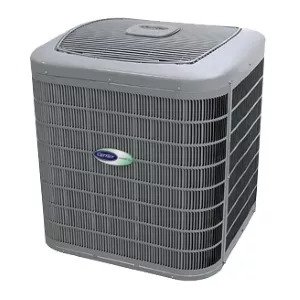
Heat Pump Not Cooling? Here’s What You Need to Know
Heat pumps are essential not only in the winter for heating our homes but also in the summer to cool…

Compare Ductless Mini-Split Heat Pumps vs. Window Heat Pumps: Which Is Right for You?
In this article, we are going to look at ductless mini-split heat pumps vs. window heat pumps, examine how each…

Explore the Differences: How Ductless vs. Ducted Heat Pumps Compare
Deciding between ductless vs. ducted heat pumps is as easy as planning a holiday. You know it’s going to cost…

